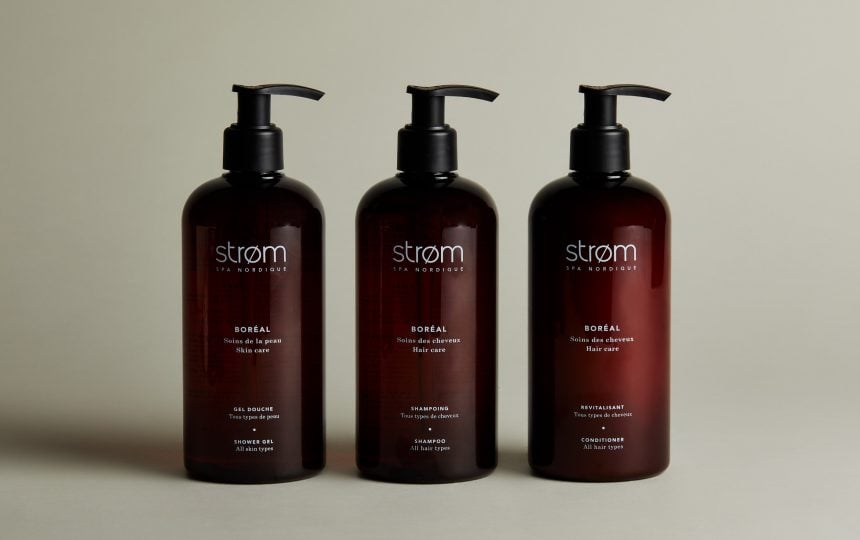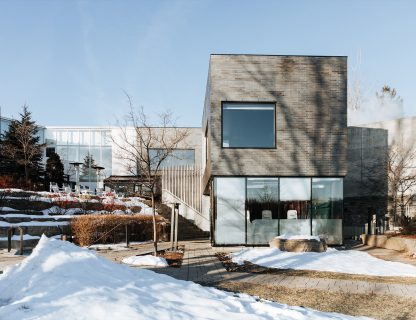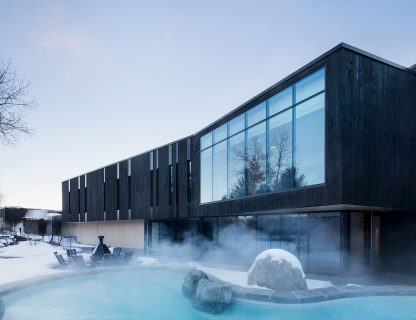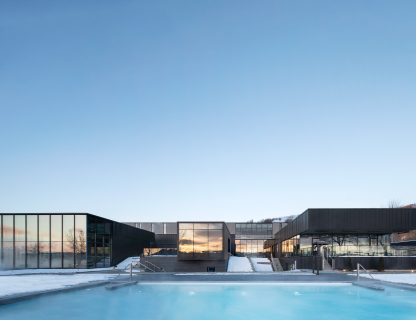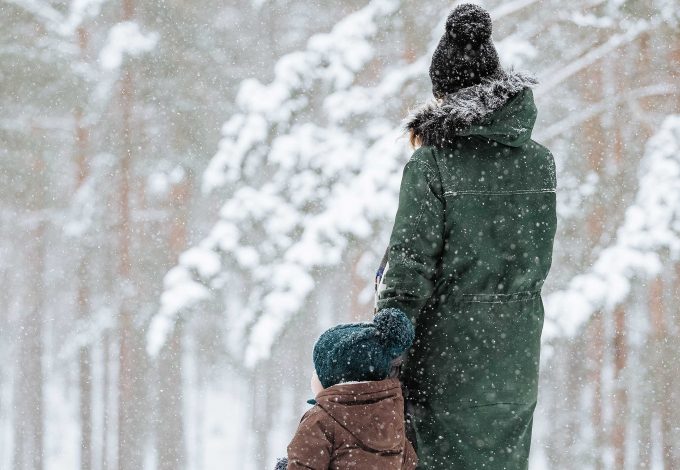A NEW EXPERIENCE — With the emergence of spas and the prevalence of massage in athletic, medical and even professional spheres, the sense of touch is regaining its importance in our society. But what about massages for children? One may question whether their presence is appropriate in a spa environment or whether a child is ready for this new experience and, if so, based on what criteria.
TOUCH
These questions allow us to consider the importance of touch in the different phases of life. Recognized internationally, infant massage is now encouraged in all civilizations and cultures. However, the role of touch in children’s lives is clouded by some grey areas. Due to a lack of understanding of healthy child development and, frankly, because of several fears, we often don’t know what to think about the subject.
As part of the MISP—Massage in Schools Program (misa-quebec.org)—children aged four to twelve years are invited (never required) to give each other massages consisting of fifteen techniques with a permission and thank you form. At no time may an adult touch a child; only parents can do so during family activities at school or in community centres. This program exists in some thirty-five countries and is rapidly growing, and for good reason. In today’s fast and often stressful world, adults aren’t the only ones under duress—children are too. But beyond these considerations, touch is always beneficial: all children should receive this emotional fulfillment at home because, without it, human beings cannot fully develop.
Anthropologist Ashley Montagu has confirmed this in her book Touching: The Human Significance of the Skin. While at school, children can fulfill this need to a certain extent. For this reason, the MISP wants to ensure that all children can enjoy the benefits of respectful touch. They can then joyfully transmit their learning to all their family members.
THE SPA
In the context where children have already had positive experiences of touch with their families, they will probably be more able to enjoy the spa experience. As professional as massage therapists may be, they aren’t a significant adult in the child’s life at the outset. The younger the child, the more this is true and important. The reason parents bring their child to the spa for a massage is also important. Some children have had massage incorporated into their lives after an illness or because they are athletes requiring the benefits of massage therapy treatments. Otherwise, it’s important to reiterate that it’s preferable that the child has had a positive experience with the sense of touch at home. Many parents, however, don’t know how to go about it and say, for example, “I would like to, but I don’t know any massage techniques” or “I’m uncomfortable with this…”
First, it should be noted that massage is primarily a means of communication and a game for the child. Technique is quite a secondary consideration. In fact, the massage therapist (or, at home, the parent) must play the game and offer or ask the child what he or she would like. For children (and the future adults they will become), it’s a real asset to know what they want and to be able to express it. Far from making them spoiled children, letting them express their needs will allow them to develop with greater affective and emotional security. Later on, they’ll have the enjoyment we had in massaging them and the enjoyment they had in receiving it as a reference. This, in turn, will bring the future parents closer to their own children.
TECHNIQUES
As with anyone receiving a massage, there are a number of factors behind a positive massage experience for children. When a person knows how to inhabit his or her body during a massage, there’s a slowing of the heart rate and breathing and a total letting go of body and mind. The limbs are relaxed and offer no resistance to the various movements initiated by the massage therapist. This is an important lesson for someone who wants to learn how to recuperate from a sometimes-demanding lifestyle.
To achieve these results with a child, the therapist shouldn’t be overly hasty in initiating skin-to-skin contact or applying oil. Several techniques with a sheet or blanket over top, such as repeated effleurage, will help the young receiver of the massage become accustomed to this new experience and the close relationship with an adult other than a parent. Moving the arms, legs and whole body at a slow and steady pace produces a rocking that can lead to letting go. Children sometimes fall asleep before the application of oil.
Children who aren’t at ease may show this by various signs, such as moving frequently, being unable to keep their eyes closed or stiffening. Needless to say, many children have very ticklish feet: the massage therapist will take this into consideration. Hand massage can also cause discomfort if the child is constantly trying to grab something. Without it indicating general discomfort, some body parts may be less “available” or require more time to relax or be touched. The massage therapist shouldn’t hesitate to ask children questions about what they like or dislike.
FOR YOUNG CHILDREN
Strøm Nordic Spa offers massages for children with qualified massage therapists who are specially trained to provide this kind of treatment.
